When Brian Schafer, owner and founder of Big Cabin asked me if I would be interested in teaching Log Building Workshop at the company premises, without too much hesitation I immediately said yes.
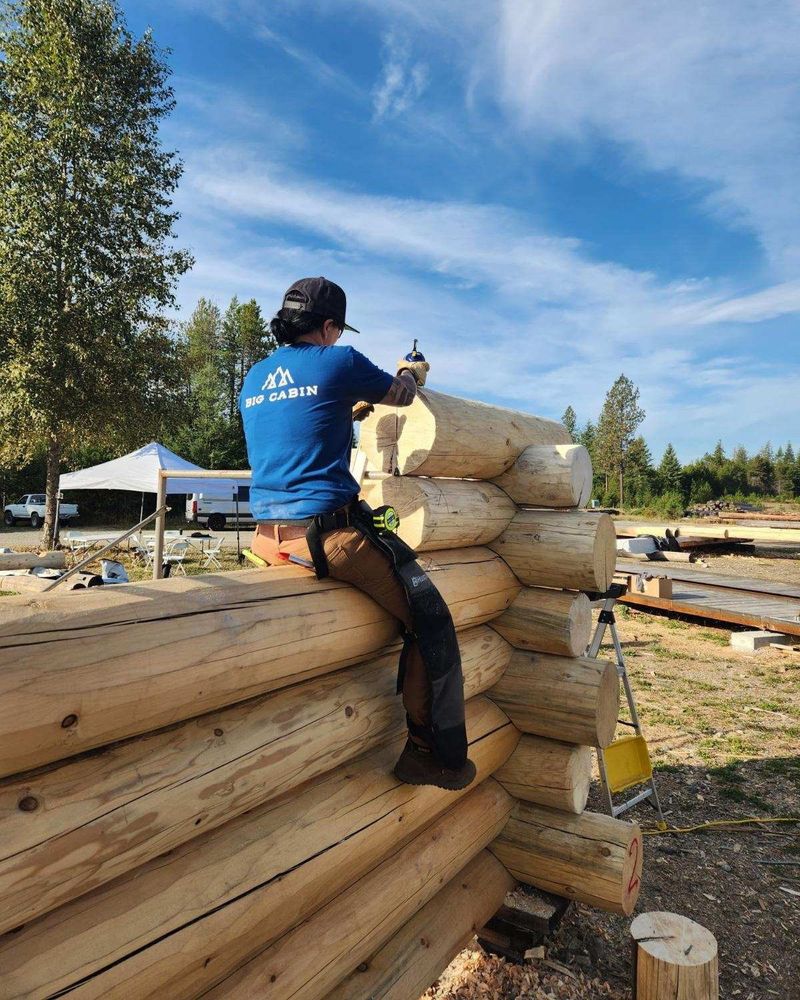
I have been involved with Log building Workshops in New Zealand for over 10 years. Primarily working alongside log building icon Robert Chambers. The inventor of log scribers, writer of dozen books, and tutor of hands-on Log building courses spanning two decades and many countries. He is the author of the #1 selling Log Construction Manual and inventor of popular Log-Notch-Selection-Calculator, used by many log building companies around the world. With his innovative mind, he taught me not just the craft of log building, but also how to think outside the norm and problem solve. I was very keen to share my knowledge and everything I learned from Robert on US soil.
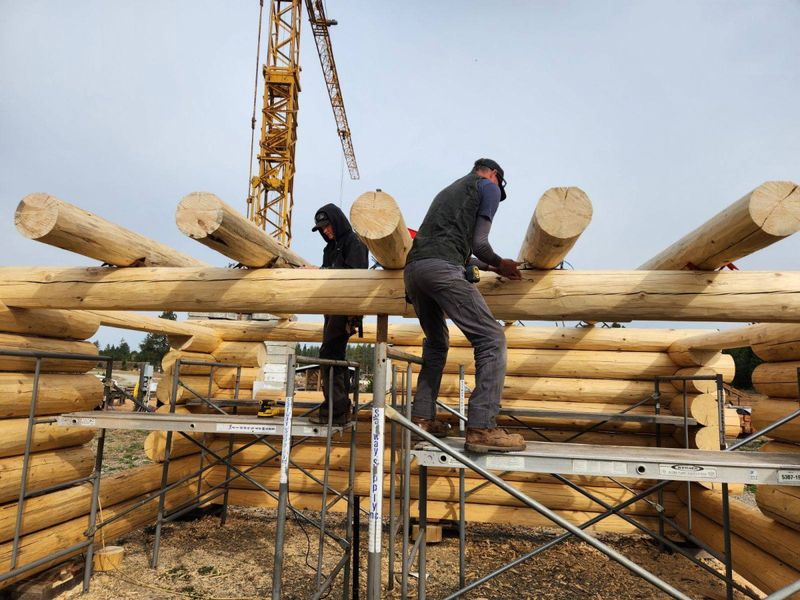
Allow me to explain how logbuilding workshop works – we first need to find a host – someone who wants to build a log building cabin and also will be attending the course. If the project meets requirements to be suitable for the course and is selected, then the host does not pay any tutoring fees for attending the workshop. Typically, it is a smaller project, so that the majority, if not all the work, will be completed during the 3-week long workshop. We have been fortuned to find the perfect host and ideal project. 19’x26’ footprint cabin with sleeping loft and porch. This project allowed us to work on different log elements – wall logs, log loft system, roof logs and log columns, etc.
Over the years I have realized that one of the reasons for me teaching these courses is to make students aware that building a log home is not easy. Many students, after a 3-week long course acknowledge that the idea of them building a log home for their family is just not realistic. It must be team effort. It may seem very appealing on the surface – for example once your wall log is in place it is the exterior cladding, insulation, framing and interior wall lining at the same time. Correct. But there is lots of work prior placing that wall log – sourcing good quality logs, moving the 2000lbs logs around, debarking, hand peeling, scribing, cutting, chinking, ... If students at the end of the workshop acknowledge themselves that building a log home is a team effort I have done my job right. I do not want to destroy anyone’s dreams or discourage them from learning the art of log building, but want students to be realistic about what they are capable of. I certainly want them to build the 700 sq.ft. cabin by the lake they always wanted, but not the 4000sq.ft. two-story loghome with spiral log staircase and El-Grande log portico.
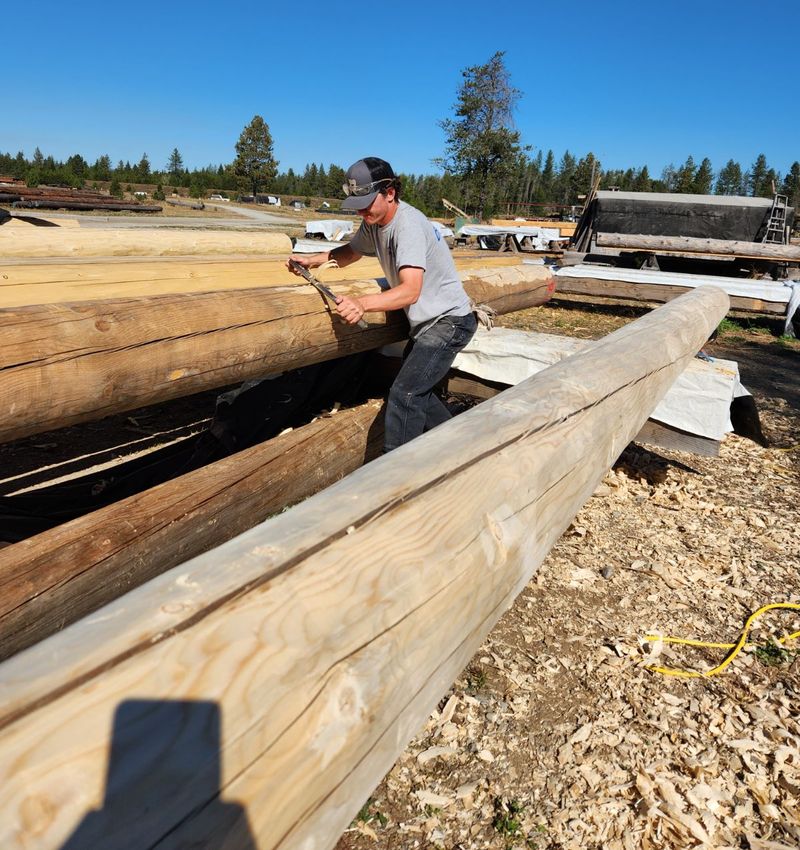
Building a log home is nothing like building a conventional house – working with irregular, naturally shaped logs, not with perfect store bought 2x6 timbers, comes with rewarding challenges. Every log is different – one has lots of taper, the other is S-bend, and the next one has fluted end. At our workshop students learn how to deal with these. They learned how to lay wall logs, fit log joists, layout complex housed round notches, cut flats on logs for window sills and headers. They had a friendly competition for the neatest scribed and cut notch and fastest chiseled mortise. They cut and sanded window and door openings to accept log bucks. On rainy days students sharpened their chainsaws by hand without the use of jigs. In classroom they learned about log roof systems and made porch columns shopdrawings. They experienced the hard work of handpeeling logs at 90dg heat and the rewards from great teamwork that log building requires.
Milan Brodina, tutor
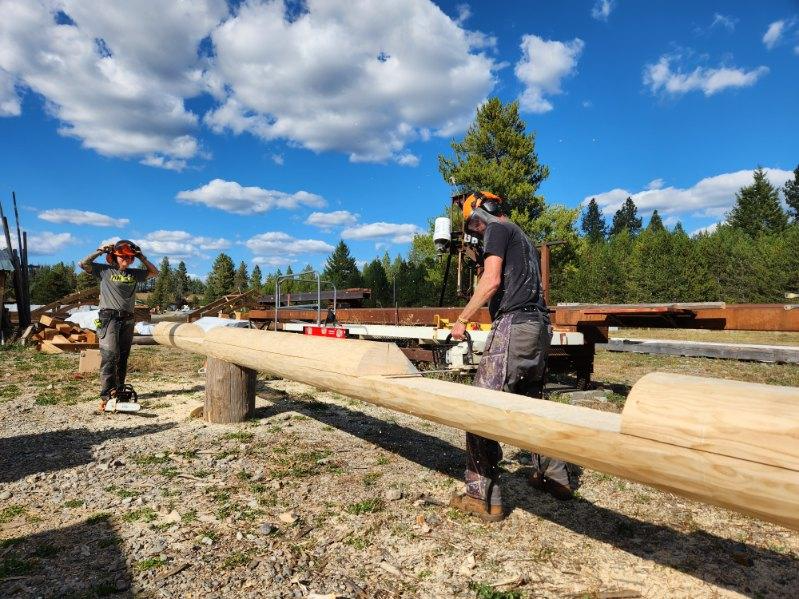
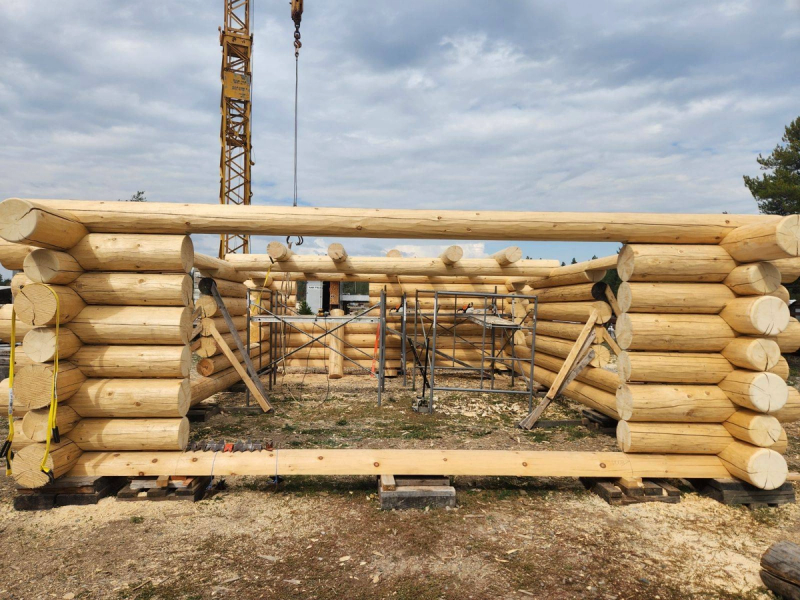
Project Management
Lead Designer & CAD Technician
After graduating with a Master's Degree in Wood Engineering, Milan started his career by traveling abroad to apprentice with Brian Schafer, Principal of Big Cabin. As an expert in the industry for over a decade now, his passion for log and timber home construction grew deeply throughout his career and ingrained his knowledge of drafting, project management, and roofing design.